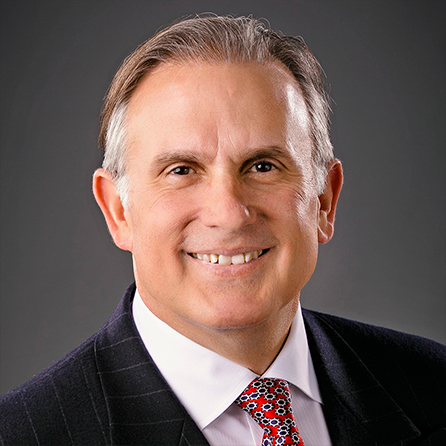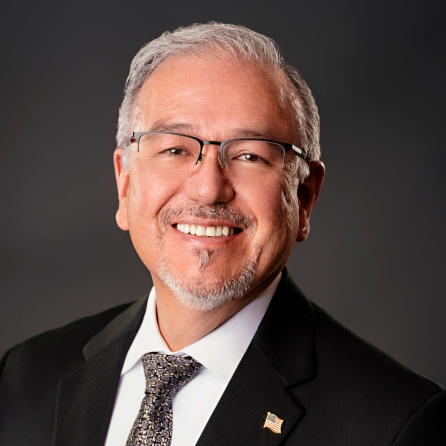
Quick Links
What are Forearm Fractures?
The two bones in the forearm are called the radius and ulna, located on the thumb and pinky side, respectively. Normally, these forearm bones shift and twist with your range of motion, allowing you to move your hand and wrist. When the radius, ulna, or both bones fracture, it can drastically limit the mobility of your whole hand and arm.
Age is not a factor in who can end up with forearm fractures. We see pediatric and adult forearm fractures regularly.
A fracture is another name for a broken bone, and a forearm fracture is sometimes simply called a broken arm. Because of the anatomy of the forearm, joint injuries can accompany fractures of the radius and ulna. Two types of forearm fractures that include joint injury include:
- Galeazzi fracture: There is a displaced fracture in the radius and a dislocation in the ulna at the wrist.
- Monteggia fracture: There is a fracture in the ulna, and the radius is dislocated at the elbow joint (elbow dislocation).
These types of fractures can be complicated and require the expertise of an orthopedic hand specialist to fully treat.
What are the Symptoms of Forearm Fractures?
Symptoms of a forearm fracture are similar to other breaks in the hand, wrist, or elbow. Firstly, they are painful – especially when moving the hand or wrist. You may see noticeable swelling and bruising or, in severe cases, deformity. Finally, you may be unable to turn your arm with the palm facing upward or downward.
What Causes Forearm Fractures?
Most common forearm fractures happen when falling or slipping. This happens because you may react by putting your hand out to catch yourself – this puts sudden and immense pressure on the bones of the forearm. Additionally, direct impact to the forearm from sports or collisions can also cause it to fracture.
What Treatment Options Are Available for Forearm Fractures?
Treatment for a broken arm can depend on the type of break and the extent of the injury. Your orthopedic hand specialist will likely start by x-raying the area to determine whether the bones are displaced or if there is any dislocation at the joints. They will also check the radial and ulnar arteries for a pulse. If the break is stable and doesn’t have any additional complications, nonsurgical treatment like a cast, rest, and limitations on your activity are typically recommended. If your radius and ulna fractures are more severe and have additional disruptions, surgery might be performed to apply plates and screws and reconstruct the joints.
What to Expect After Forearm Fracture Treatment
Regardless of treatment, your arm will feel stiff and sore as it heals. Surgery will require a recovery period, and you’ll follow up with our team on your progress – and to determine whether any implements can be removed after the bone heals. Whether your fracture is treated with a cast or with surgery, you’ll undergo physical therapy to help regain mobility in the hand and wrist. The outlook is typically good for forearm fractures, but your orthopedic hand specialist will give you the best idea of what outcome you can expect.
Schedule a Consultation at the Regional Hand Center
At the Regional Hand Center, we can help at every stage of your injury. To meet with our team of orthopedic hand specialists and surgeons, contact our Fresno, CA office by calling or filling out our online form.
Patient Resources
Whether you are planning a procedure or you are interested in options for treatment, the professional and caring Regional Hand Center team makes it easy to find the answers you need. For an appointment or answers to your questions, call (559) 322-HAND.
View All

Randi A. Galli, MD
Board-Certified Surgeon
Dr. Randi Galli is certified by the American Board of Plastic Surgeons and a Fellow of the American College of Surgeons. A member of Alpha Omega Alpha, the medical honor society that comprises the top ten percent of medical students, Dr. Galli received his Medical Degree from Tulane University School…
Learn More

Ricardo Avena, MD
Board-Certified Surgeon
Dr. Ricardo Avena is board certified by the American Board of Surgery and is a Fellow of the American College of Surgeons. Born and raised in Mexico City, Dr. Avena attended medical school at the National Autonomous University of Mexico. Upon graduation, Dr. Avena received his certification from the Educational…
Learn More
Isobel Santos, MD
Board-Certified Surgeon
Dr. Santos attended the University of California, Berkeley with a B.A in Molecular and Cell Biology with a focus on Cell and Developmental Biology. She then received her medical degree at University of Vermont College of Medicine where she was nominated to be a member of the Alpha Omega Alpha…
Learn More